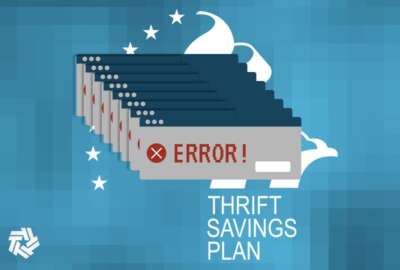

So you can keep giving to others, make sure you do some year-end financial solidifying of your own.
‘Tis the season for giving. The world is full of need. But remember to put a solid, dry log on what I call the home fire — your personal and financial life that keeps you in a position to do what you want, including the capacity to give to others.
First on this weekend’s shopping list, if you haven’t done it already: Pick a health care insurance plan for next year. Open Season comes around every year, and so does the same statistic. Something like 2.5% of federal policy holders actually switch plans.
“Many more should,” though, Kevin Moss said. He’s the editor of the Checkbook Guide to Health Plans for Federal Employees. Which you can buy online for the grand sum of $13.95. It’ll help you figure out the best balance of premiums and benefits.
Settling on a new plan is sure to be a tedious yet painstaking task.
But it’s worth the effort if only because average premium are going to rise nearly 9% next year. As Moss pointed out, 56 plans’ premiums will go down and 119 plans will go up at a rate below the average. On the other hand, 78 plans’ premiums will rise at a rate above the average.
Besides costs, plans here and there offer specific things that might be important to you: Unlimited televisits, accupuncture, total wellness approaches. But the opportunity closes Monday.
Life doesn’t get any simpler in retirement. Moss advises checking out the Medicare Part B, C and D plans carefully. He pointed out that in the last couple of years, many FEHB plans have started Medicare Advantage plans that rebate much of the Part B premium.
“There’s tremendous savings,” Moss said, amounting to thousands of dollars if you switch from one that doesn’t offer the rebates.
Second, before the month is out, look at your budget and see if you can’t raise next year’s rate of contribution to your Thrift Savings Plan. You can’t save enough for retirement. As financial advisor Abe Grungold pointed out, the maximums are up next year — $22,500 if you’re under 50 years old, $30,000 if you’re over 50.
Now, a GS-6 may not be able to swing the maximum contribution, but the by establishing a set-aside level for TSP every year, then inching it up every year anyone will be measurably better off as the years roll by. Grungold and others say keep the investment going no matter what the market does. It’s a part of dollar cost average investing, for most people a better long-term strategy than trying to time the market.
Third, pick a debt you don’t like, and resolve to chop it down. It sounds corny, but if you write down the monthly amount by which you want to reduce that debt, you’ll probably end up ahead of schedule.
I speak from personal experience here. A couple of years ago my wife and I decided to pay off a pretty big home equity line of credit loan. We Magic-Markered a monthly amount on a 4 x 6 file card and perched it on a shelf in the kitchen. By and by, that debt, which we’d been carrying for years, albeit at a very low interest rate, vanished. We’ll get that much more when it comes time to sell the house.
Fourth, start or expand an Oh-Sugar! savings account for that conked-out transmission or leaking roof. “You need to have a cash reserve,” Grungold said, “to plan for those unforeseen events.” It’s hard to get a good return on easily-liquidated savings. Yet consider how expensive an emergency TSP withdrawal would be, or some short term loan.
Fifth, and you can do this right now, make sure your W-4 tax withholdings align with your actual income. Grungold, who had teaching posts while a federal employees, said such jobs or other side gigs that come with a 1099 can leave you with a big tax bill come April. You could do quarterly estimated taxes on your 1099 income, but, he said, it’s probably earlier to just boost your withholdings via your W-4. Some agencies let you make those changes online in a jif.
Copyright © 2025 Federal News Network. All rights reserved. This website is not intended for users located within the European Economic Area.
Tom Temin is host of the Federal Drive and has been providing insight on federal technology and management issues for more than 30 years.
Follow @tteminWFED


